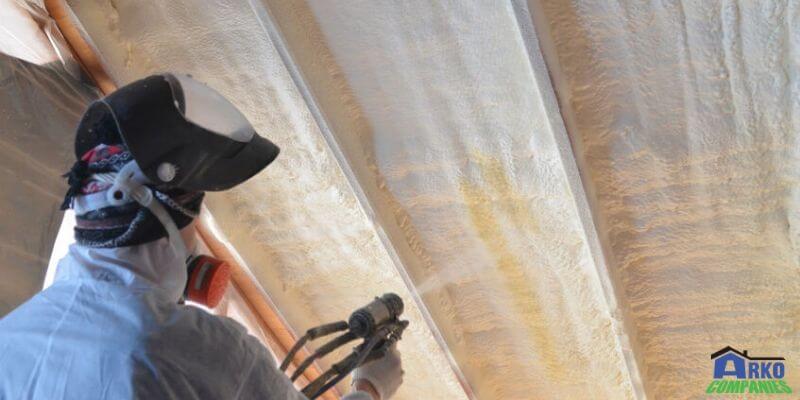A person can easily identify whether the roof over the house in question is insulated or in dire need of insulation by looking at the seagulls/birds perched above the rooftop. If the place isn’t insulated correctly, the birds flock to it because there’s heat coming from the vents in the loft below.
Why is roof insulation required?
In uninsulated homes, a fourth of the heat dissipated seeps out through the rooftop! So fitting insulation in your roof space, loft or attic is a smart method to improve your home’s comfort factor. Also, there’s some great news coming your way: roof insulation stays on for over 40 years and should pay for itself many times over in energy savings, as the expense of roof insulation is relatively low.
What is loft insulation?
Loft insulation is a barrier material inside your rooftop space. It can either be laid between the joists (the even bars along the floor of your attic) or the rafters (the angled beams that help support the rooftop).
In any case, insulation hinders the exchange of warmth between your living space and the atmospheric air on the outside, making for a hotter home in winter and a cooler one in summer. Protection between the joists keeps warmth in your attic underneath and creates a cold loft, while insulation in the rafters permits you to keep warmth in the rooftop space, too.
Different advantages of rooftop insulation include:
- Lower heating bills
- Decreasing your home’s carbon footprint
- Improving its energy effectiveness rating
- Increasing your home’s value
Would I be able to insulate the rooftop myself?
It’s easy to lay rooftop insulation yourself, as long as:
- It’s easy to get into your rooftop space
- There are no sodden or buildup water issues
- Your space joists are evenly spaced
- You’re making an effort not to protect a level rooftop.
That said, it’s probably best for you to hire an expert installer (from ARKO) who will know exactly how to insulate the space in a suitable manner.
Insulating Slate Roofs:
What’s the best decision while insulating a slate rooftop? There are two distinct arrangements: warm or cold insulation. Take a look at the contrasts between them…
Cold protection is the least expensive rooftop insulation. It is set over and between the wooden joists, over the roof of your home’s top floor. Cold protection is genuinely simple to do as a DIY venture– it just stops the heat evading your home. The space will be uninsulated at any rate, though.
Warm protection is directly under the rooftop; It will decrease heat losses and your home won’t become unnecessarily sweltering in summer or too cold in winter. One key thing about this insulation arrangement is the requirement for ventilation promptly underneath the slate rooftop tiles to evade moisture buildup.

